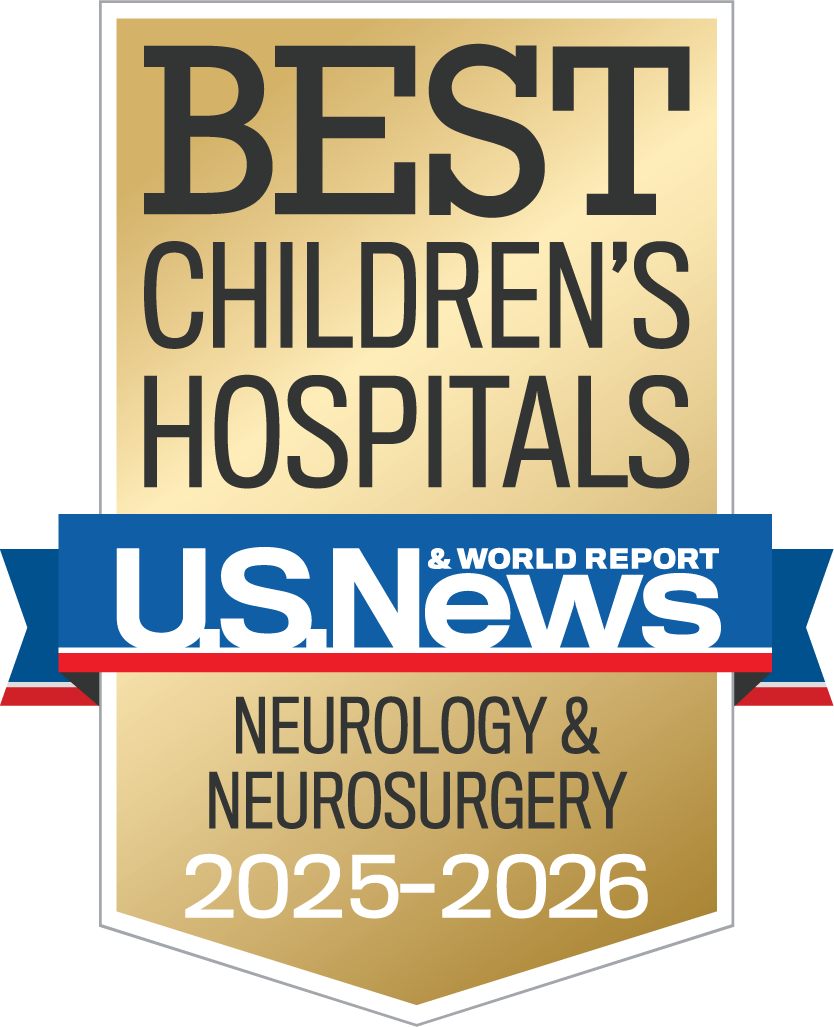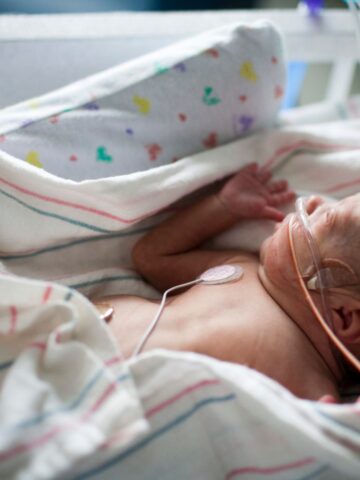Data collection has been completed on a massive CHOC-led study aimed at early detection and outcome prediction of infantile epileptic spasms syndrome (IESS), a severe childhood epilepsy that can be difficult to diagnose and treat.
A total of 560 subjects’ data from 20 pediatric epilepsy centers across the U.S., including CHOC, now will be analyzed in an ambitious effort made possible by a 2021 grant from the Pediatric Epilepsy Research Foundation (PERF), as well as support from the CHOC Neuroscience Institute and a CHOC Chief Scientific Officer Small Grants Award.
The NIMBIS (National Investigation of Multi-modal Biomarkers for Infantile Spasms) study aims to detect and validate predictive biomarkers for IESS so the condition can be effectively treated as early as possible, which is critical to achieving optimal outcomes.
Without successful treatment, IESS – the most common epilepsy syndrome in the first year of life – carries a high risk of morbidity and mortality, often imparting lifelong consequences including intellectual disability.
First preliminary results
Marking a notable milestone, three abstracts/posters on infantile spasms will be presented at the American Epilepsy Society meeting in Orlando, Fla., in December, says CHOC’s Dr. Daniel Shrey, a neurologist and epilepsy specialist who is the lead principal investigator for the NIMBIS study.

The annual gathering is the world’s largest epilepsy conference.
“These three conference abstracts and posters will describe the first preliminary results from our work, and they represent the collaborative efforts of dozens of pediatric epilepsy specialists and engineers across the country,” Dr. Shrey says.
The first study discusses the effectiveness of leveraging a first-of-its-kind virtual electroencephalogram (EEG)-reading training program to educate more than 30 pediatric epilepsy specialists how to objectively evaluate the EEG patterns of children with infantile spasms.
The second study describes the relative effectiveness of different medications for treating spasms and what other patient characteristics tend to predict favorable versus unfavorable treatment responses to first-line therapies.
The third study illustrates the shifts in infantile spasms practice trends over a five-year period leading up to the onset of the COVID pandemic.
‘Tip of the iceberg’
“This work represents just the tip of the iceberg in terms of the power of this dataset to answer challenging and important questions in the field,” Dr. Shrey says. “We’re immensely excited to see how our future results impact the lives of children with infantile spasms and their families.”
Venus Mostaghimi, a Ph.D. student in Prof. Beth Lopour’s lab within the Department of Biomedical Engineering at UC Irvine, is a contributing author on two of the three studies being presented at the conference.
“It’s very challenging work, honestly, with many moving parts, but it’s super exciting to accomplish something so important at such a large scale,” Venus said while presenting a poster at CHOC’s Research Day on Wednesday, Nov. 15.
Her project was one of five out of 80 awarded best poster at the annual event. She was one of two students to win the honor, along with her lab mate, another graduate student from Prof. Lopour’s lab, Blanca Romero Milà.
Over the next few months, Dr. Shrey and his study collaborators will be performing quality checking and standardization of the data prior to beginning their detailed analysis.

CHOC Hospital was named one of the nation’s best children’s hospitals by U.S. News & World Report in its 2025-26 Best Children’s Hospitals rankings and ranked in the neurology/neurosurgery specialty.




